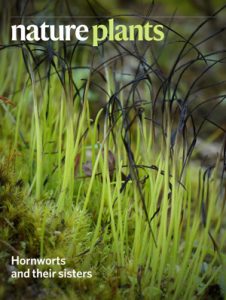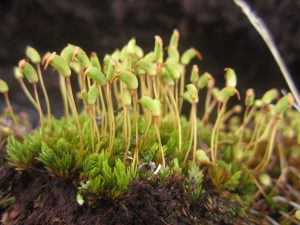Rensing S.A., B. Goffinet, R. Meyberg, S.-Z. Wu & M. Bezanilla. 2020. The moss Physcomitrium(Physcomitrella) patens: a model organism for non-seed plants. The Plant Cell 32: 1361–1376. pdf
Abstract reads: Since the discovery two decades ago that transgenes are efficiently integrated into the genome of Physcomitrella patens by homologous recombination, this moss has been a premier model system to study evolutionary developmental biology (evo-devo) questions, stem cell reprogramming, and the biology of non-vascular plants. P. patens was the first non-seed plant to have its genome sequenced. With this level of genomic information together with increasing molecular genetic tools, a large number of reverse genetic studies have propelled the use of this model system. A number of technological advances have recently opened the door to forward genetics as well as extremely efficient and precise genome editing in P. patens. Additionally, careful phylogenetic studies with increased resolution have suggested that P. patens emerged from within Physcomitrium. Thus, rather than Physcomitrella patens, the species should be named Physcomitrium patens. Here we review these advances and describe the areas where P. patens has had the most impact on plant biology.


